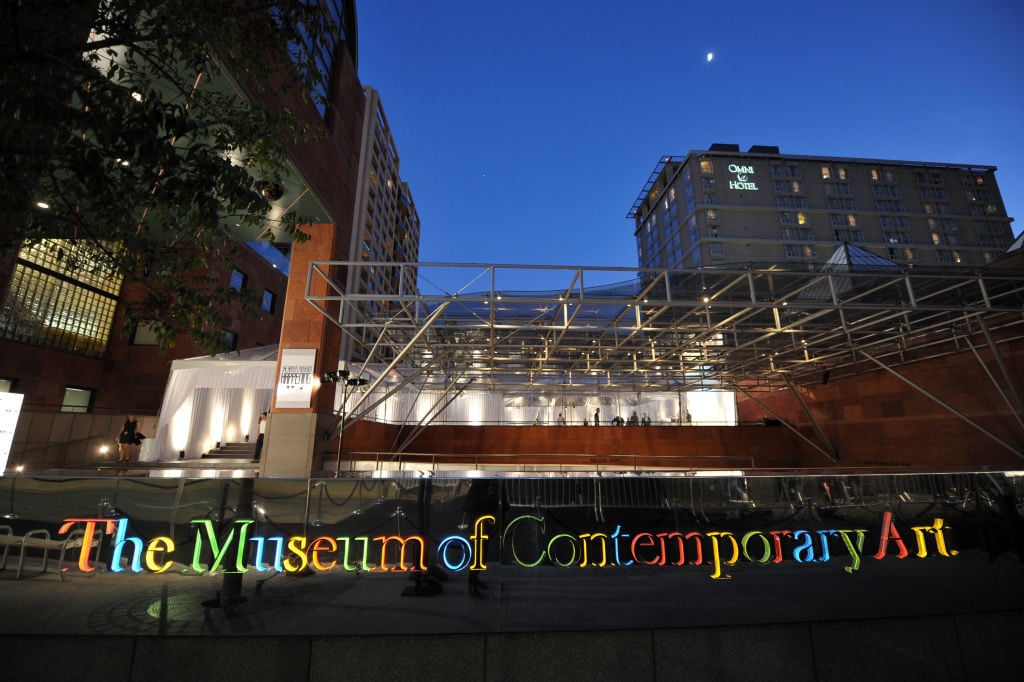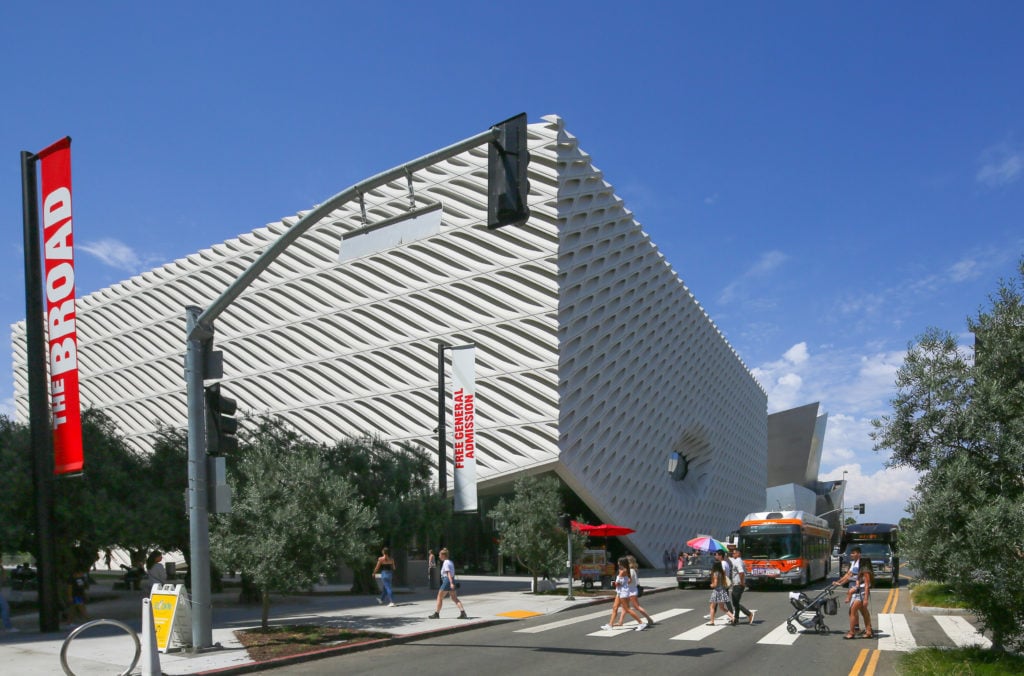Art World
Arts Workers of Color in Los Angeles Earn 35 Percent Less in Wages Than Their White Colleagues, a New Study Finds
Meanwhile, entry-level workers across the sector are paid below the living wage, regardless of race.

Meanwhile, entry-level workers across the sector are paid below the living wage, regardless of race.

Los Angeles arts workers who identify as Black, Indigenous, or as People of Color (BIPOC) make less than their white counterparts on average, a new study released today found. Additionally, entry-level workers across the sector are paid wages lower than the cost of living in the area, regardless of race.
The report, which was put together by the L.A. County Department of Arts and Culture with the Center for Business and Management of the Arts (CBMArts) at Claremont Graduate University, sought to quantify the disparity in wages among the region’s creative workforce, and study its effects on individuals.
On average, entry-level arts administrators in Los Angeles County earn $36,847 annually—a figure that’s higher than the $31,200 minimum wage in the area, but lower than the living wage of $40,200, according to the MIT Living Wage Calculator.
BIPOC respondents from the same group reported an average income of just $32,027, while white arts workers earned $43,437, or 35 percent more.
New report out today! “Make or Break: Race and Ethnicity in Entry-Level Compensation for Arts Administrators in Los Angeles County.” @CGUnews #LACountyArts #cbmarts #claremontgraduateuniversity https://t.co/eC8nIFlIsD pic.twitter.com/KX8ScNRTwU
— Los Angeles County Department of Arts & Culture (@LACountyArts) May 17, 2021
“I wasn’t surprised that earnings are low or that we found differences in earnings, but the gap was wider than I expected,” Bronwyn Mauldin, the Department of Arts and Culture’s director of research and evaluation, who co-led the study, said in an email to Artnet News.
The study was proposed by Cobi Krieger, a CBMArts student, in his final paper for a research methods class. Impressed by his tact, Mauldin, who taught the class, hired Krieger to realize the study.
More than half of respondents were in their 20s, while another 29 percent were in their 30s. Three-fourths of those surveyed were female, and 43 percent were white. Ninety-three percent had a bachelor’s or master’s degree, and yet 70 percent of the group worked for an hourly wage rather than a salary.
To make ends meet, surveyees said they relied on income from assistance from secondary non-arts jobs (23 percent) and scholarships and grants (8 percent).
But the biggest factor for many was family aid: 35 percent of respondents reported receiving such help.

The Broad Museum on Grand Avenue in Los Angeles, California. Photo by FG/Bauer-Griffin/GC Images.
“The role of family and generational wealth in supporting arts administrators early in their careers really stood out to me,” Mauldin added. “I’d like to get a better understanding of how that plays out as a barrier or facilitator throughout a person’s career in the arts.”
The 90-plus page report concludes with a series of recommendations for arts organizations and funders to address the disparity in pay, including conducting an internal demographic analysis of salaries, contracts, and fees; exploring debt relief programs for staff; and incorporating pay equity into grant requirements.
“Many of the recommendations came from the entry-level arts administrators we interviewed,” Mauldin explained. “Others were suggested directly by the quantitative data.”
Read the full report, titled “Make or Break: Race and Ethnicity in Entry-Level Compensation for Arts Administrators in Los Angeles County,” here.